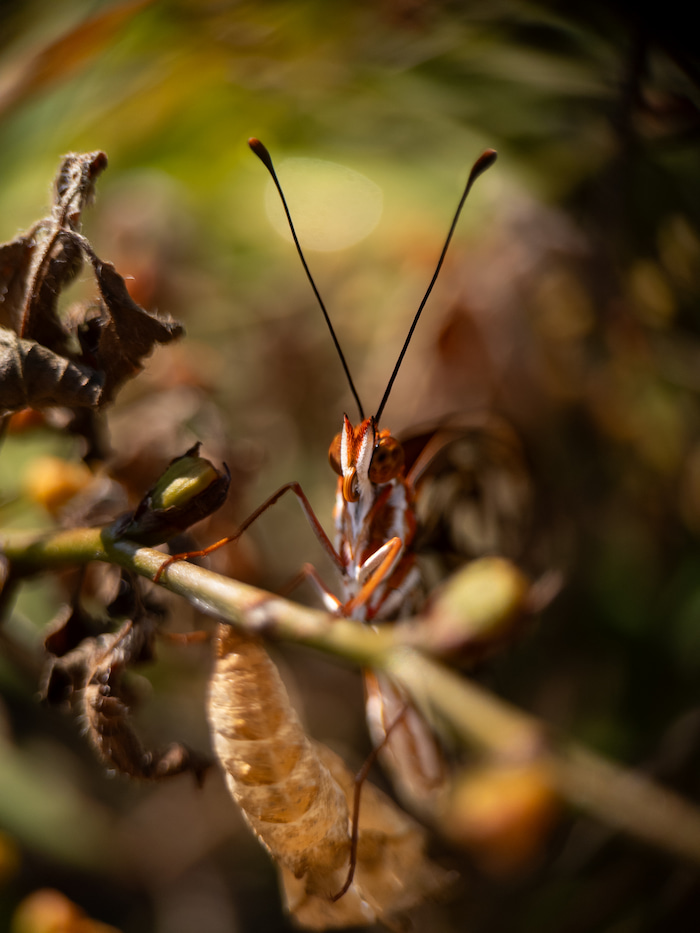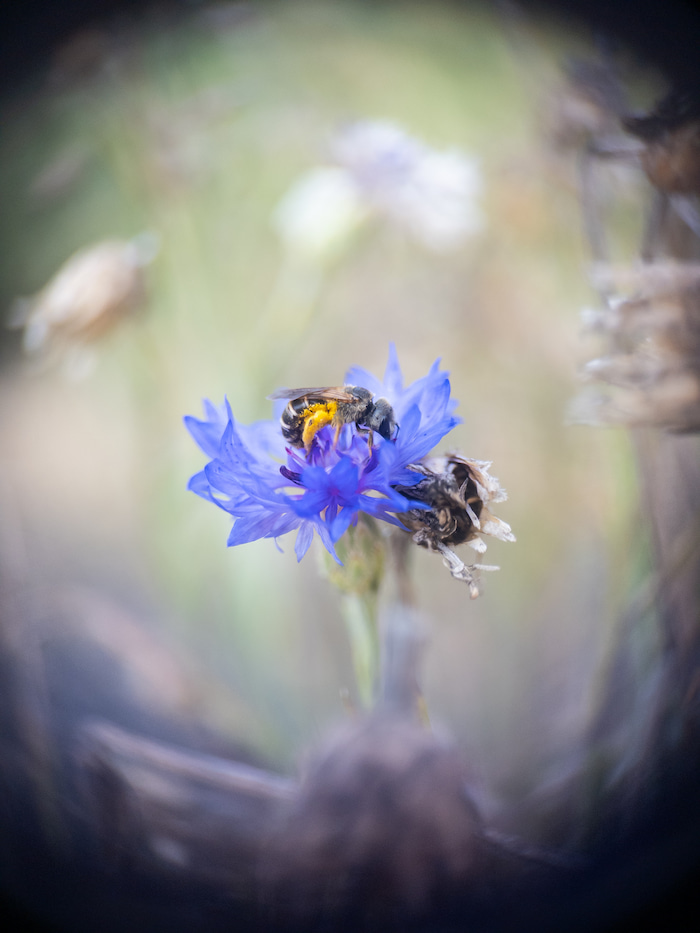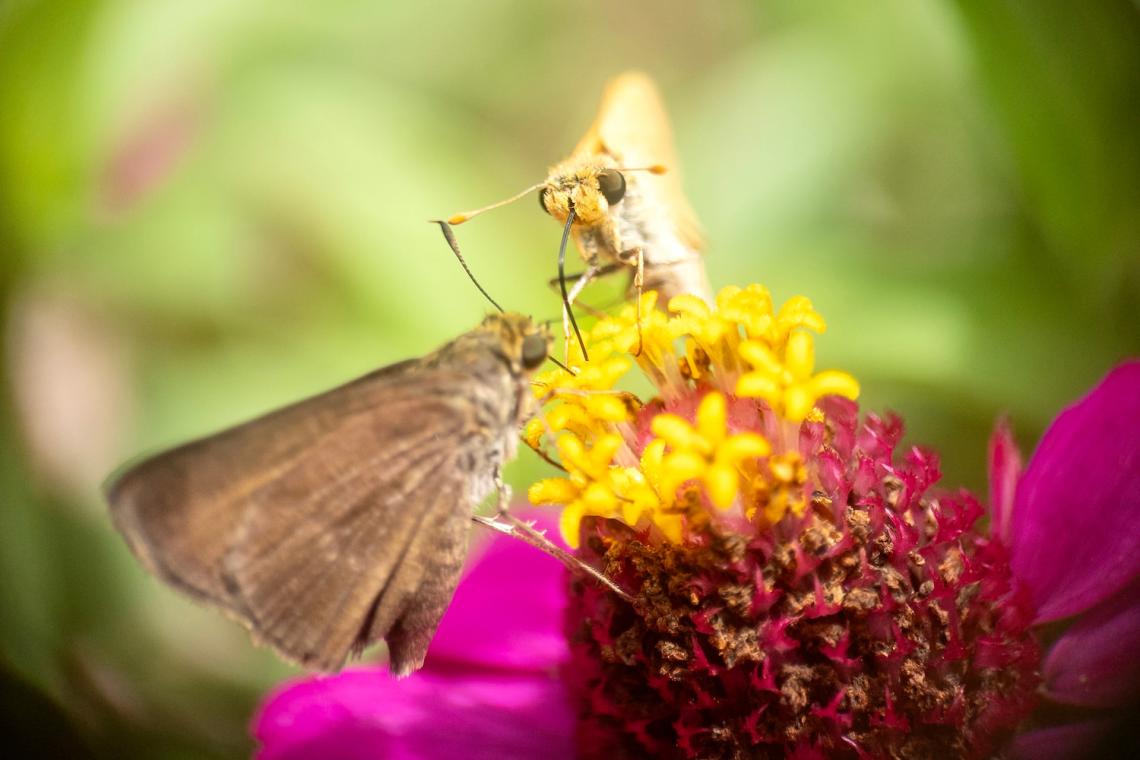As someone who’s always been fascinated by the tiny, intricate world of insects, I’ve spent years trying to capture their beauty through photography (@intuitive.image on Instagram). Like many nature enthusiasts and conservationists, I wanted to document the incredible diversity around me, but getting those detailed close-ups with just a phone was a challenge. That’s when I came across the APEXEL 100mm macro lens, which completely changed the game. Now, I can capture every fine detail, and it’s become a powerful tool for my passion and raising awareness about the importance of local biodiversity.
The APEXEL 100mm macro lens offers exceptional benefits for conservation groups and nature enthusiasts passionate about documenting and appreciating the diverse insect species in their local environments. This innovative lens attachment opens up a new world of photography possibilities, allowing users to capture detailed and mesmerizing images of insects that were once difficult to achieve with a standard smartphone camera.

Bee wiping face – Bombus citrinus
The photo above shows a Bombus citrinus, commonly known as a Lemon Cuckoo Bumblebee. It was used to help document not only the lower reaches of this bumblebee’s range but also to demonstrate the positive health of the garden where the Bombus colony resided. Without such a detailed capture, the early identification could have potentially been missed. Also, the photo allowed me to show a lighter side of insect activity, hopefully increasing humankind's love of insects.
One of the standout benefits of using the APEXEL 100mm macro lens is its ability to capture intricate details with stunning clarity. In the world of insect photography, capturing fine details, such as the texture of a butterfly's wings or the delicate patterns on a beetle's exoskeleton, is crucial. The macro lens brings these details to life, allowing one to document and showcase the unique characteristics of local insect species with unprecedented clarity.
Moreover, the APEXEL 100mm macro lens enables users to achieve a higher level of magnification without compromising image quality. This is essential for conservation groups aiming to create educational and awareness-raising content about local insect populations. By capturing highly detailed images, naturalists can engage the public and raise awareness about the importance of preserving insect habitats and biodiversity.

Butterfly on cocoon – Dionne vanillae
The butterfly photo above is an excellent example of needing fast, reliable access to a reliable camera while in the field. I had packed my gear and was leaving the garden when I noticed the butterfly flapping its wings. Because this is commonly used to circulate the insect equivalent of blood before takeoff, I was ecstatic that my APEXEL was in my front pocket, as usual.
The APEXEL 100mm macro lens's portability and convenience make it a valuable tool for on-the-go insect photography. Its compatibility with mobile phones means conservationists can easily carry and use the lens during fieldwork, nature walks, and insect surveys. This portability ensures that opportunities to document insects in their natural habitats are never missed, contributing to a more comprehensive understanding of local insect populations.
In addition to its practical benefits, the APEXEL 100mm macro lens fosters creativity and artistic expression in insect photography. Conservation groups can use the lens to capture visually stunning images that serve educational purposes and evoke a sense of wonder and appreciation for the natural world. By showcasing the beauty of local insects through captivating photography, conservationists can inspire others to take an interest in insect conservation and environmental stewardship.

Furrow bee on blue flower – Halictutus Odontalictus
In conclusion, the APEXEL 100mm macro lens for mobile phones is a game-changer for conservationists and nature enthusiasts seeking to capture the mesmerizing world of local insects. Its ability to reveal intricate details, maintain high image quality, and offer portability makes it an invaluable tool for documenting and appreciating the diversity of insect species. Using this innovative lens, conservation groups and naturalists can amplify their efforts to raise awareness, educate the public, and advocate for protecting local insect populations and their habitats.



